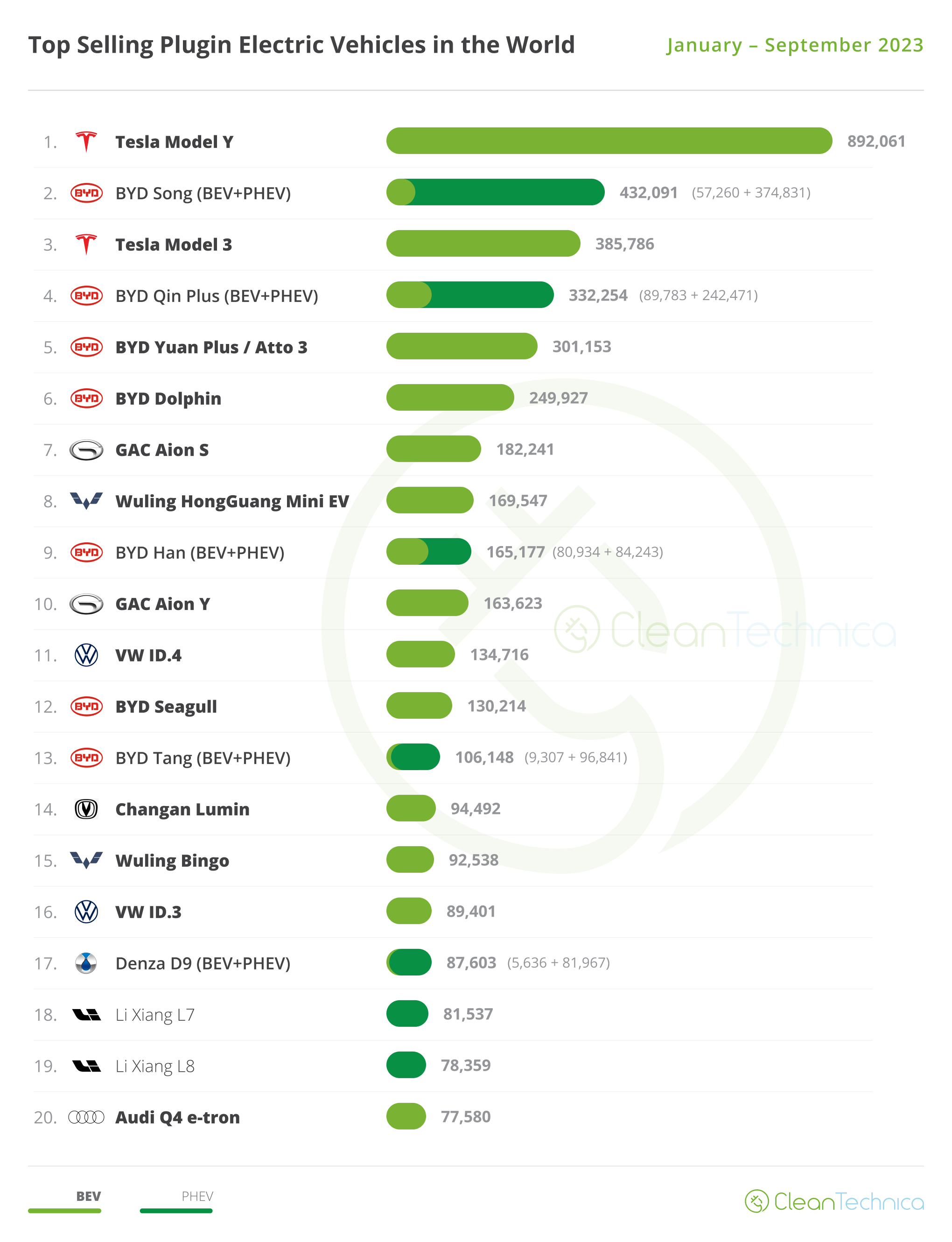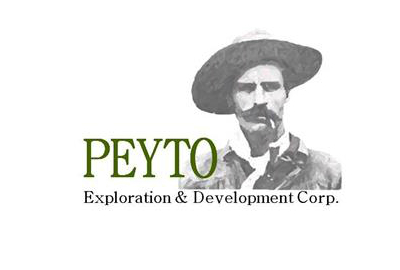London, 03 July, 2023, (Oilandgaspress) The Lexus ES rides on the Global Architecture-K (GA-K) platform, an exceptionally rigid front-wheel drive chassis made from several grades of high-strength steel. Laser Screw Welding, a construction method shared with the LS sedan and RZ battery-electric vehicle, makes for a truly robust structure. A strut tower brace, multiple reinforcement panels for the strut towers themselves, and radiator support braces are also used to enhance front-end stiffness.
The suspension is tuned for ideal responsiveness for the chassis. The front suspension features a strut angle that aligns at the ideal angle to improve ride quality. The Dynamic Control Shocks are capable of responding to even the smallest movements thanks to a non-overlapping auxiliary valve that allows damper oil to flow in either direction before entering the main valve. The rear suspension design utilizes a trailing arm and a multilink setup that also benefits from the responsiveness of the Dynamic Control Shocks. Higher placement of the trailing arm mounting point and a larger bushing size assist in dampening road irregularities. Wider spacing of the stabilizer bushing mounts can also contribute to overall roll reduction.
The ES 350 is powered by a 3.5-liter V6 that is designed to deliver responsive acceleration along with impressive efficiency. The V6 features the D-4S fuel injection system, which uses high-pressure injectors to deliver fuel directly into the combustion chamber along with a low-pressure system that delivers fuel to the intake ports. Together with the addition of Variable Valve Timing-intelligence Wide (VVT-iW) for the intake valves, the engine is capable of operating on either the traditional Otto cycle during sporty driving or the more efficient Atkinson cycle when power demand is low.
The 3.5-liter V6 is rated to produce 302 horsepower at 6,600 rpm and 267 lb-ft of torque at 4,700 rpm with an EPA-estimated MPG rating of 22/32/26 (city/highway/combined). To complement the power of the updated V6, an 8-speed Direct Shift automatic transmission is also used.
The Lexus ES 250 AWD sends torque to all four wheels, enabling the 2.5-liter L4 engine to power through conditions when traction is low to allow better acceleration with less tire slip. Dynamic Torque Control AWD assists with providing effective traction for inclement and slippery weather while helping to minimize AWD’s typical drag on fuel economy. The system directs up to 50 percent of engine torque to the rear wheels, in response to acceleration from a start or slippage at the front wheels.
Information Source: Read More
Energy Monitors , Electric Power , Natural Gas , Oil , Climate , Renewable , Wind , Transition , LPG , Solar , Electric , Biomass , Sustainability , Oil Price , Electric Vehicles,




